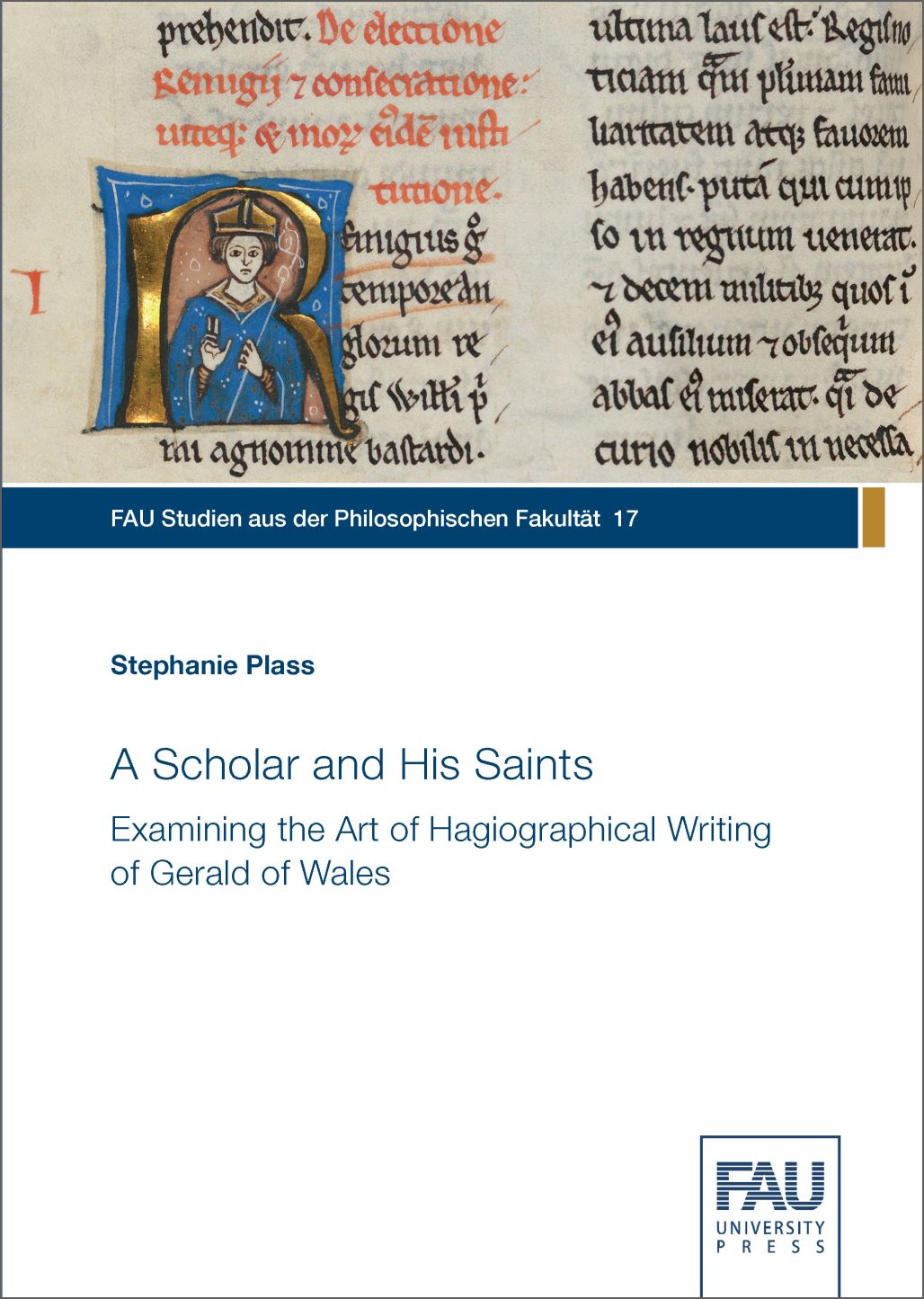Description
The life of Giraldus Cambrensis / Gerald of Wales (c.1146 – c.1223) represents many facets of the Middle Ages: he was raised in a frontier society, he was educated in Paris, he worked for the kings of England and he unsuccessfully tried to climb the ecclesiastical ladder. He travelled widely, he met many high-ranking persons, and he wrote books in which he included more than one (amusing) anecdote about many persons. Up to this day, scholars have devoted a different degree of attention to Giraldus’ works: his ethnographical and historiographical works have been studied thoroughly, whereas his hagiographical writing has been left largely unexamined. This observation is quite surprising, because Giraldus’ talent as a hagiographer has been acknowledged long ago.
Scholars have already examined Giraldus’ saints’ lives independently, but an interpretation of his whole hagiographical œuvre is still a desideratum. This thesis proposed to fill this gap by following two major research questions. First of all, this thesis examined the particular way in which Giraldus depicted each saint. Furthermore, it explained why Giraldus chose / preferred a certain depiction of a particular saint.
Overall, an examination of the hagiographical art of writing of Giraldus Cambrensis offered insight into the way hagiography was considered by authors and commissioners and how this art was practiced during the twelfth and thirteenth century.


Reviews
There are no reviews yet.